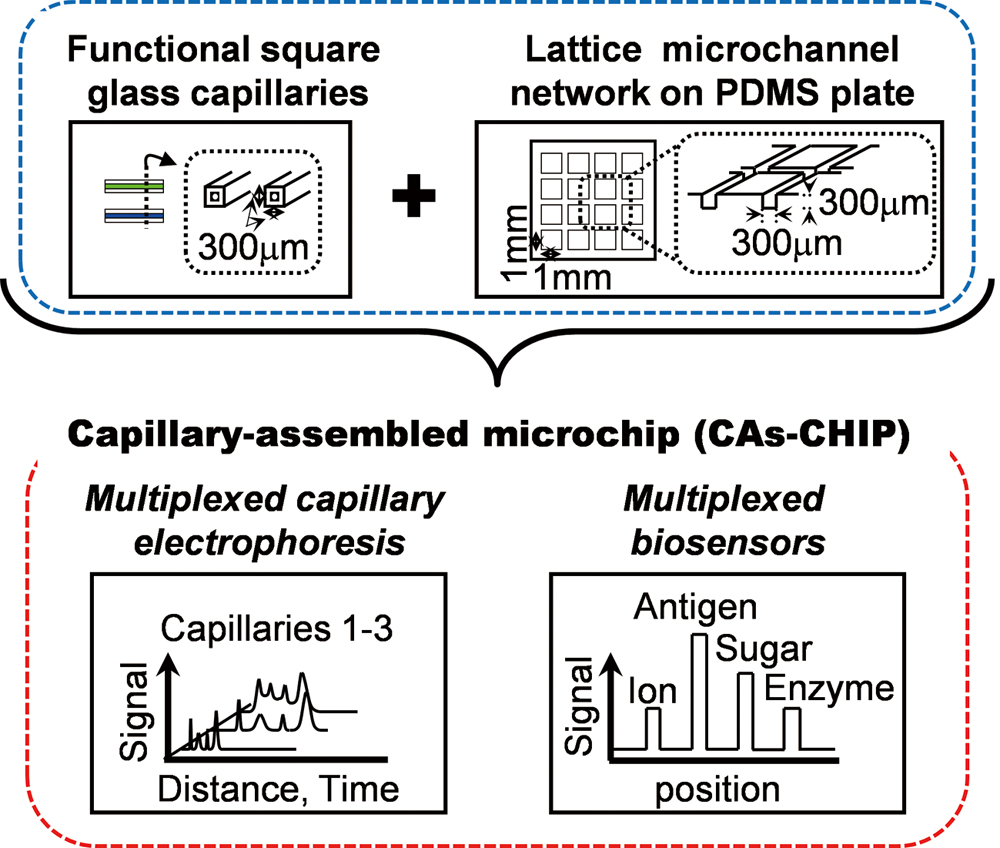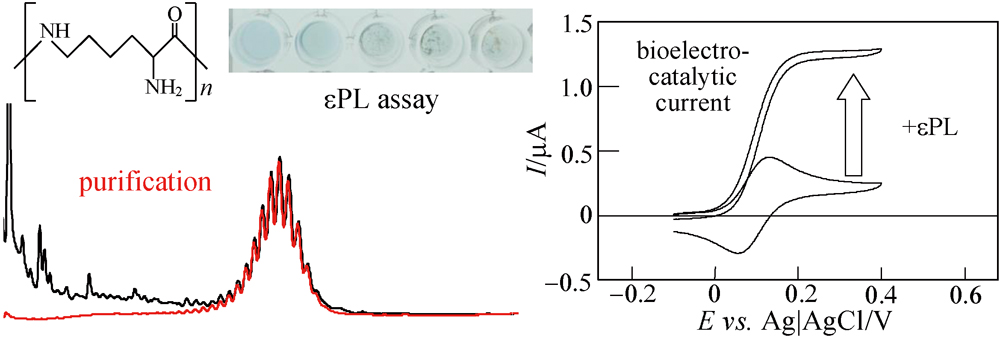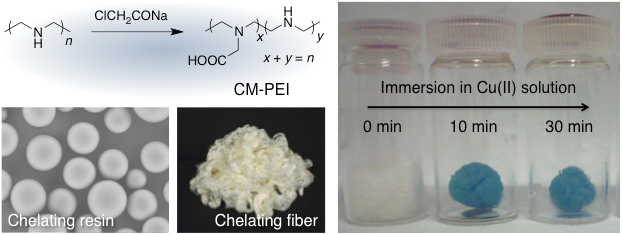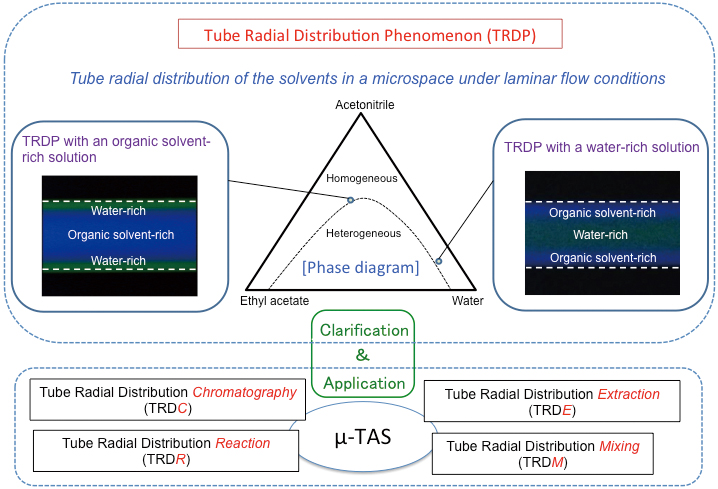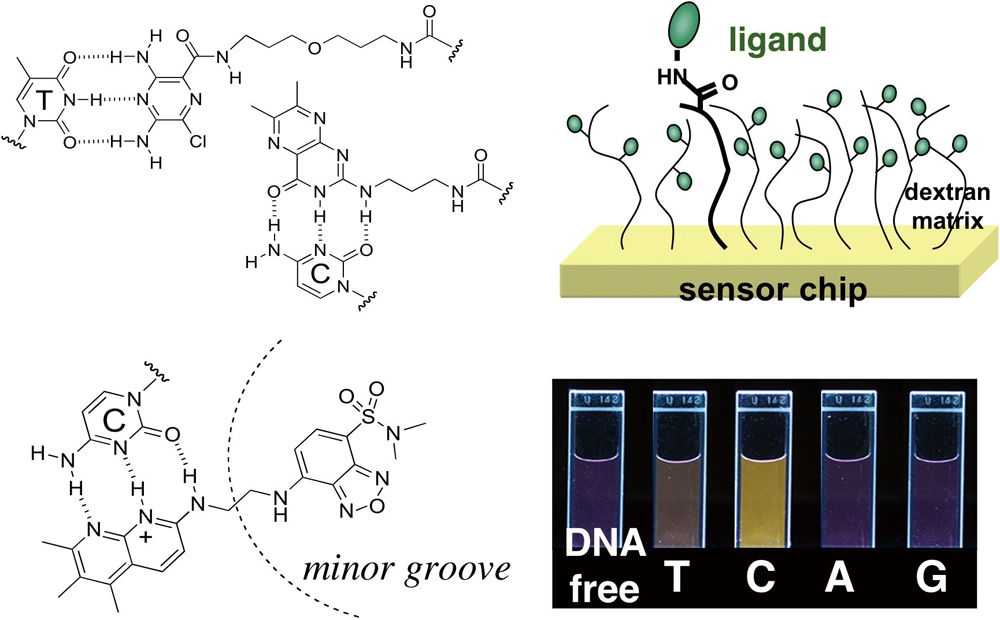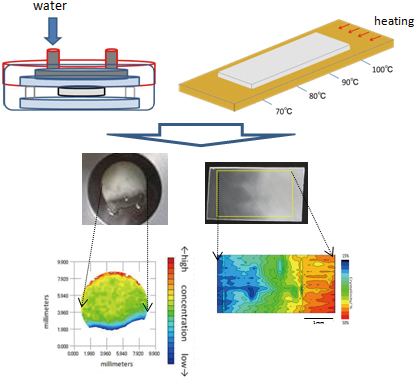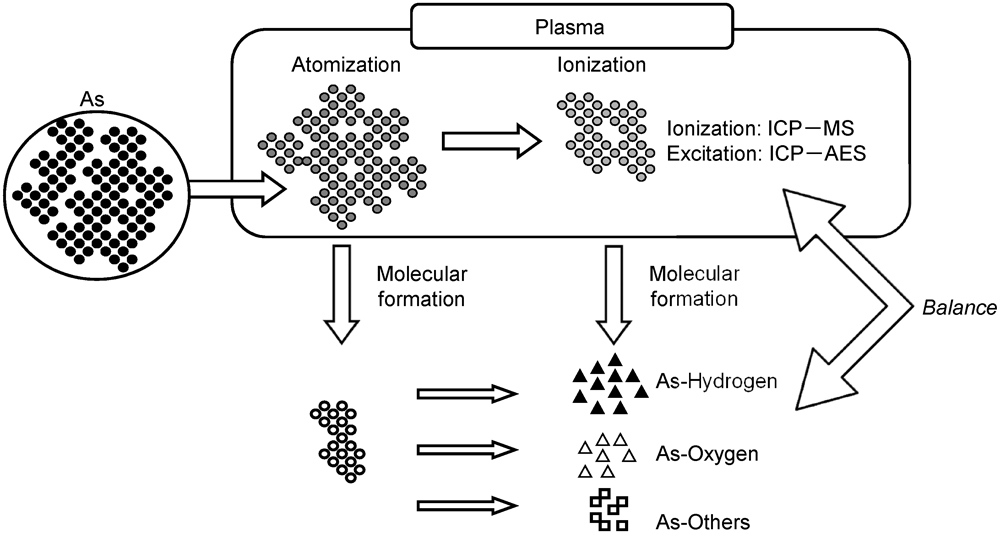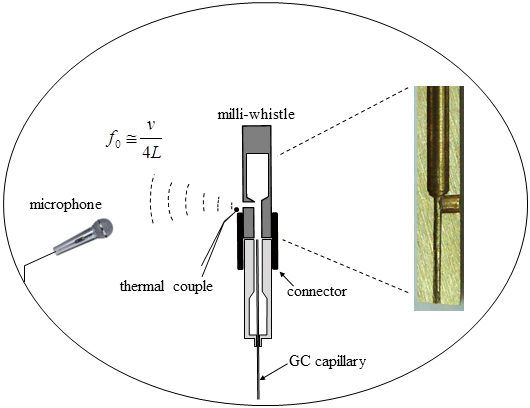Volume 30, Issue 1
Displaying 1-25 of 25 articles from this issue
- |<
- <
- 1
- >
- >|
Editorial Message
-
2014Volume 30Issue 1 Pages 1-5
Published: January 10, 2014
Released on J-STAGE: January 10, 2014
Download PDF (624K)
Reviews
-
Article type: Reviews
2014Volume 30Issue 1 Pages 7-15
Published: January 10, 2014
Released on J-STAGE: January 10, 2014
Download PDF (11553K) -
Article type: Reviews
2014Volume 30Issue 1 Pages 17-24
Published: January 10, 2014
Released on J-STAGE: January 10, 2014
Download PDF (1471K) -
Article type: Reviews
2014Volume 30Issue 1 Pages 25-34
Published: January 10, 2014
Released on J-STAGE: January 10, 2014
Download PDF (790K) -
Article type: Reviews
2014Volume 30Issue 1 Pages 35-42
Published: January 10, 2014
Released on J-STAGE: January 10, 2014
Download PDF (6617K) -
Article type: Reviews
2014Volume 30Issue 1 Pages 43-49
Published: January 10, 2014
Released on J-STAGE: January 10, 2014
Download PDF (1097K) -
Article type: Reviews
2014Volume 30Issue 1 Pages 51-57
Published: January 10, 2014
Released on J-STAGE: January 10, 2014
Download PDF (2233K) -
Article type: Reviews
2014Volume 30Issue 1 Pages 59-64
Published: January 10, 2014
Released on J-STAGE: January 10, 2014
Download PDF (2109K) -
Article type: Reviews
2014Volume 30Issue 1 Pages 65-73
Published: January 10, 2014
Released on J-STAGE: January 10, 2014
Download PDF (1811K) -
Article type: Reviews
2014Volume 30Issue 1 Pages 75-79
Published: January 10, 2014
Released on J-STAGE: January 10, 2014
Download PDF (3109K) -
Article type: Reviews
2014Volume 30Issue 1 Pages 81-88
Published: January 10, 2014
Released on J-STAGE: January 10, 2014
Download PDF (1050K) -
Article type: Reviews
2014Volume 30Issue 1 Pages 89-96
Published: January 10, 2014
Released on J-STAGE: January 10, 2014
Download PDF (1043K) -
Article type: Reviews
2014Volume 30Issue 1 Pages 97-104
Published: January 10, 2014
Released on J-STAGE: January 10, 2014
Download PDF (6390K) -
Article type: Reviews
2014Volume 30Issue 1 Pages 105-110
Published: January 10, 2014
Released on J-STAGE: January 10, 2014
Download PDF (762K) -
Article type: Reviews
2014Volume 30Issue 1 Pages 111-117
Published: January 10, 2014
Released on J-STAGE: January 10, 2014
Download PDF (889K) -
Article type: Reviews
2014Volume 30Issue 1 Pages 119-128
Published: January 10, 2014
Released on J-STAGE: January 10, 2014
Download PDF (2454K) -
Article type: Reviews
2014Volume 30Issue 1 Pages 129-135
Published: January 10, 2014
Released on J-STAGE: January 10, 2014
Download PDF (4988K) -
Article type: Reviews
2014Volume 30Issue 1 Pages 137-142
Published: January 10, 2014
Released on J-STAGE: January 10, 2014
Download PDF (3107K) -
Article type: Reviews
2014Volume 30Issue 1 Pages 143-150
Published: January 10, 2014
Released on J-STAGE: January 10, 2014
Download PDF (10519K) -
Article type: Reviews
2014Volume 30Issue 1 Pages 151-156
Published: January 10, 2014
Released on J-STAGE: January 10, 2014
Download PDF (1345K) -
Article type: Reviews
2014Volume 30Issue 1 Pages 157-166
Published: January 10, 2014
Released on J-STAGE: January 10, 2014
Download PDF (8889K) -
Article type: Reviews
2014Volume 30Issue 1 Pages 167-173
Published: January 10, 2014
Released on J-STAGE: January 10, 2014
Download PDF (1251K) -
Article type: Reviews
2014Volume 30Issue 1 Pages 175-181
Published: January 10, 2014
Released on J-STAGE: January 10, 2014
Download PDF (944K) -
Article type: Reviews
2014Volume 30Issue 1 Pages 183-191
Published: January 10, 2014
Released on J-STAGE: January 10, 2014
Download PDF (16677K)
Announcements
-
Article type: Announcements
2014Volume 30Issue 1 Pages 193
Published: January 10, 2014
Released on J-STAGE: January 10, 2014
Download PDF (1707K)
- |<
- <
- 1
- >
- >|

